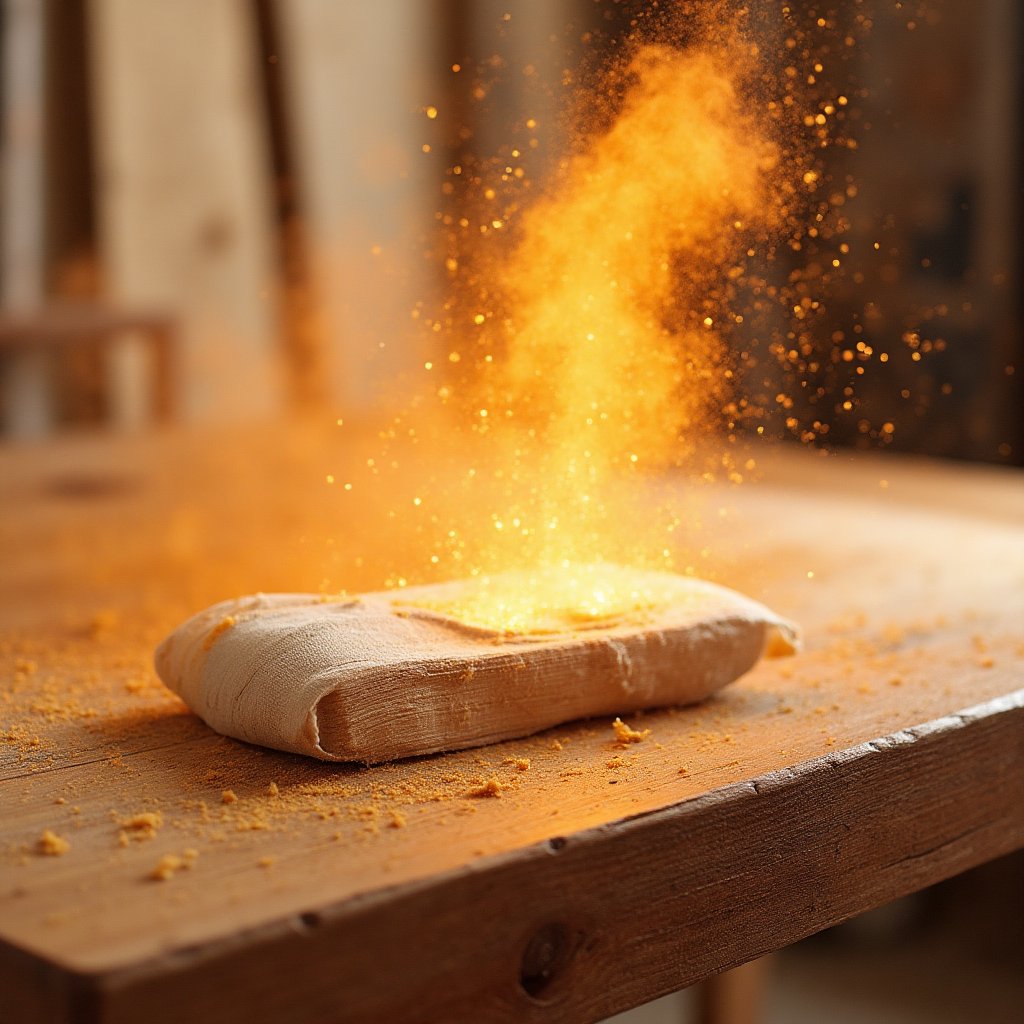Woodworking is both an art and a science, and choosing the right finish can make or break your project. But here’s the kicker: many of the finishes you’ve been using—and paying a premium for—are not what they seem. Today, we’re diving deep into the oily underbelly of the wood finishing world, thanks to insights from Stumpy Nubs (James Hamilton). Buckle up, because this is going to change the way you shop for wood finishes forever.
The $150 Bottle of Mystery: Why You’re Paying Too Much
Let’s start with a shocker: a seemingly innocent bottle of wood finish can cost you $150 for just 8 ounces. Yes, you read that right. Why? Because it’s no longer in production, and what little remains is sold at inflated prices. But here’s the kicker: this finish isn’t some magical elixir. In fact, many of the “natural oil” finishes favored by woodworkers are just ordinary ingredients dressed up with slick marketing. Stumpy Nubs exposes this truth and shows you how to avoid falling for the hype.
What’s Really in That Can? The Label Lies (Sort Of)
Here’s the deal: the labels on wood finishes are carefully crafted to make you think you’re getting more than you actually are. Take tong oil, for example. Your grandfather probably swore by it, and so have generations of woodworkers. But here’s the twist: that “tung oil finish” you’ve been using isn’t pure tung oil. It’s a blend of tung oil, boiled linseed oil, and solvents. The fine print will tell you it’s a “high-quality varnish,” but the truth is, it’s mostly cheap solvents and marketing fluff.
And don’t even get me started on Danish oil. Pure Danish oil doesn’t exist—it’s a marketing term created to make you think there’s something special in that can. Spoiler alert: it’s usually just polyurethane, a little natural oil, and a lot of solvent. If you’re buying “Danish oil finish,” you’re paying for a fancy name and not much else.
The Big Scam: Wipe-On Poly
If you’re a fan of wipe-on polyurethane, you might want to sit down for this. Wipe-on poly is essentially regular polyurethane diluted with solvent. A quart of wipe-on poly costs about $20 and covers up to 75 square feet. Meanwhile, a quart of regular polyurethane costs $17 and covers up to 150 square feet. Do the math: you’re paying more for half the finish. The solution? Buy regular poly, dump half of it into another container, and add an equal amount of solvent. You’ll save a ton of money and get the same results.
How to Make Your Own Finishes (and Save a Fortune)
Stumpy Nubs has a simple mantra: don’t pay for convenience when you can make it yourself. Here’s how you can create your own wood finishes for a fraction of the cost:
- Thinned Tung Oil: Buy pure tung oil (look for the word “pure” on the label) and mix it 50/50 with a solvent like mineral spirits. You’ll save money and get a finish that’s just as effective as the overpriced stuff.
- Wipe-On Poly: Mix equal parts regular polyurethane and solvent. You’ll get the same finish as wipe-on poly but at half the cost.
- Custom Blends: Want more protection? Use more polyurethane and less oil. Need it to dry faster? Add more solvent. The possibilities are endless, and the savings are real.
Why You Should Ditch the Expensive Brands
The bottom line? You don’t need to pay a premium for wood finishes that are mostly solvent and marketing. Sure, there’s something to be said for convenience, but when you can make the same thing at home for a fraction of the cost, why wouldn’t you? As Stumpy Nubs says, “You don’t need these brands to do you any expensive favors.”
Watch the Full Video: Exposing the Truth About Wood Finishes
Thoughts to Ponder
So, what’s the takeaway? Next time you’re shopping for wood finishes, take a closer look at the label. Are you paying for quality or just clever marketing? Would you rather spend your hard-earned money on overpriced finishes, or invest in tools and materials that will actually elevate your woodworking game? And most importantly, are you ready to take control of your projects by making your own finishes?
Join the iNthacity community, apply to become a permanent resident of the "Shining City on the Web", and let’s revolutionize the way we approach woodworking together. Share your thoughts in the comments below—how do you feel about the truth behind wood finishes? Are you ready to ditch the expensive brands and start making your own? Let’s talk about it!
Disclaimer: This article may contain affiliate links. If you click on these links and make a purchase, we may receive a commission at no additional cost to you. Our recommendations and reviews are always independent and objective, aiming to provide you with the best information and resources.
Get Exclusive Stories, Photos, Art & Offers - Subscribe Today!

























Post Comment
You must be logged in to post a comment.